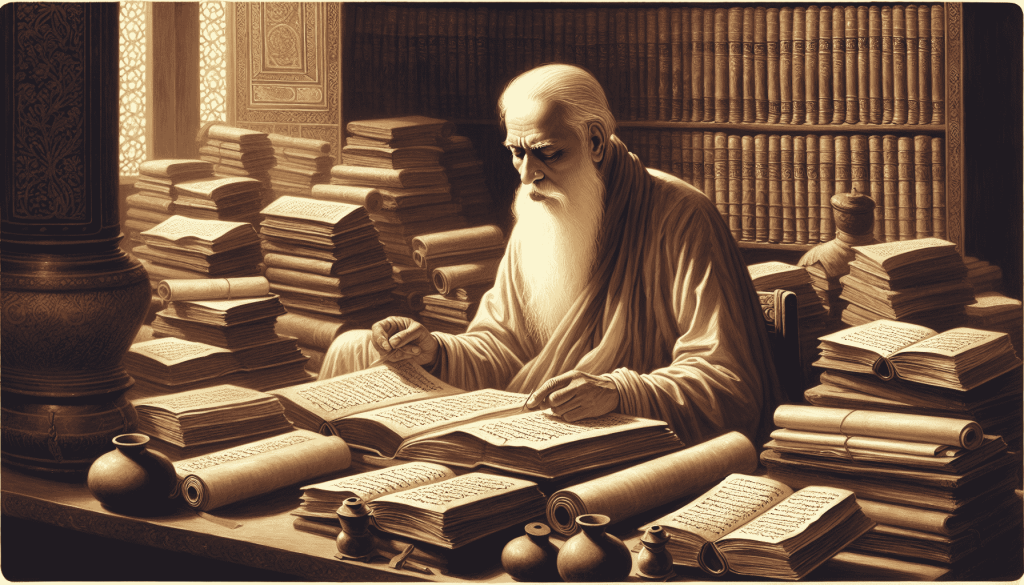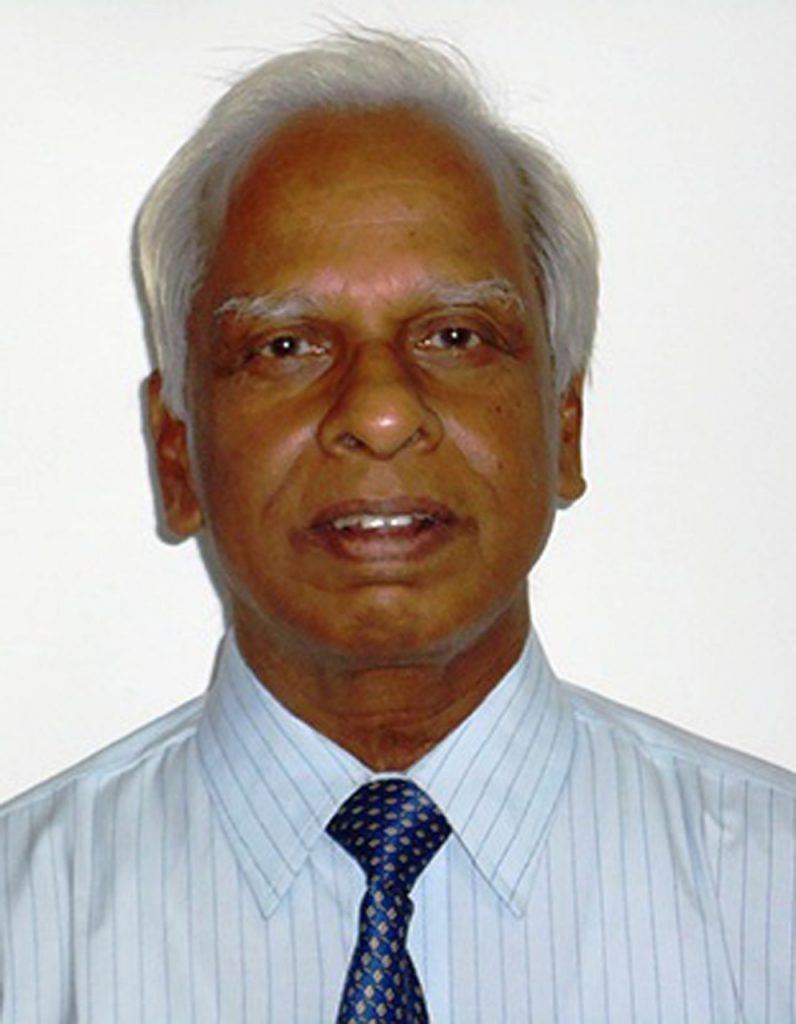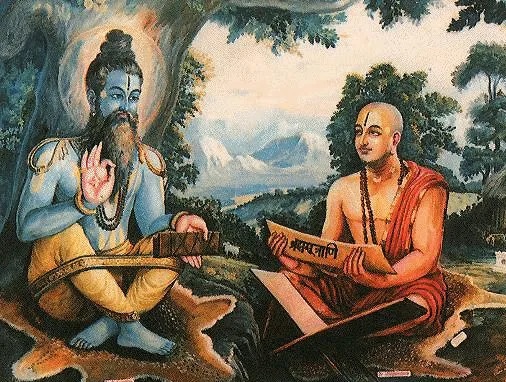Not just Sarala Mahabharata; no rendering of Vyasa Mahabharata into a local language (now called “regional languages”) from the eleventh century to the sixteenth century can be called a “translation,” since they all violated the basic requirement of translation, namely complete fidelity to the original in content and spirit. The local languages under reference here are Telugu, Kannada, Odia, Bengali, and Assamese. The highly creative poets, who composed the story of the last phase of the illustrious Kuru clan in these languages, kept the basic story of Vyasa Mahabharata unchanged and introduced innovations in various ways into their renderings. They “retold” the story. These great poets reconceptualized the source text and constructed their version, keeping in view their listeners, who belonged to a very different time, to a much different world, and a very different socio-cultural milieu. Incidentally, Sarala Das is the first non-Brahmin re-teller of the Mahabharata story and the first person to render the entire eighteen parvas of the classical text into his language.
What follows would give us some idea about the nature of innovations in Sarala Mahabharata.
(a) Everyone in Sarala Mahabharata knew that Karna was Kunti’s eldest-born. When Kunti learned where her firstborn, whom she had abandoned much against her will, was growing up, she herself took Yudhisthira, Bhima, and Arjuna (Nakula and Sahadeva were not born yet) to Karna and told them that he was their eldest brother. They were all children then. That meeting wasn’t quite pleasant but it didn’t adversely affect their relationship in the future. True, there was tension between Karna and Arjuna, but they never forgot that they were brothers. Karna had never said or done anything to humiliate Draupadi. He maintained the dignity of his relationship with her as the wife of his younger brothers. Neither had Draupadi done anything that had humiliated Karna, even before her wedding. She hadn’t forbidden Karna to participate in the archery test; Karna had tried and failed. He wanted to win the test because he wanted Draupadi for Duryodhana. On the Kurukshetra battlefield, before the war started, Yudhisthira had pleaded with Karna to join them and become the king after the war was won. Karna did not join him in the war but blessed him for victory. In Vyasa Mahabharata, the Pandavas learned from Kunti that Karna was their eldest brother, after the war was over. Further details are unnecessary here.
(b) Unlike in Vyasa Mahabharata, no one invited Yudhisthira to play a game of dice. He had gone to Hastinapura to pay his respects to Dhritarashtra. Dhritarashtra asked him to go to the Kaurava Court and meet his cousins. On that day, there was no important matter for the court to deliberate on. The atmosphere was relaxed. Yudhisthira, who was passionate about a game of dice, wanted to play and he expressed his desire to Sakuni, who was sitting alone in a corner of the Court and obliged. It was then that Sakuni thought he could use that opportunity to create hostility between the Pandavas and the Kauravas.
(c) No one invited Yudhisthira to return to Hastinapura for a second game of dice. Unable to bear the agony of failure, he sought an opportunity to redeem his honor. In the second game of dice, it was not with the magic sticks of Sakuni that they played the game. It was not Sakuni who rolled the dice that day. It was Sahadeva. Sakuni was only an onlooker. Sahadeva ensured that the Pandavas lost. Divinely bestowed with special insight, he knew that that was what the gods wanted – the Pandavas’ exile was needed so that the wicked Kichaka could be killed. That was the cosmic design.
(d) It was the Sun god’s divine spouses, not Krishna, who clothed Draupadi in the Kaurava court as Dussasan was trying to disrobe her. That was god Surya’s way of repaying her for what he had taken from her in an earlier existence of hers. Thus it was her karma that protected her. When Draupadi invoked Krishna, he came. She could see him in the sky on the back of Garuda. When she told him about her plight, he asked her to pray to the Sun god and left. The Avatar was only the facilitator; he had reminded Draupadi and the Sun god about their respective karma and the Sun god about his dharma.

(e) Bhishma did not enter the battlefield, deciding that he would not kill a Pandava; he had indeed tried to kill Arjuna, but unknown to everyone, gods and mortals, Krishna’s intervention saved Arjuna. For the war, Bhishma held the Pandavas responsible as well. He said this to Arjuna in the battlefield when the latter told him how Duryodhana had thrust a war on them. Yudhisthira called the Kurukshetra war “dharma yuddha” because of the cause (from his point of view); Duryodhana too called it “dharma yuddha” but not because of the cause. He certainly did not believe that he had entered the battlefield with the banner of adharma. For him, it was dharma yuddha because the entire war field had become sacred on account of the Avatar’s presence there. He would be the witness to who was following dharma in the battlefield and who was not. This is what Duryodhana had told the Pandavas when the two sides had met to work out a war code to ensure that the fight between brothers did not sink to the level of barbarism.
(f) In Sarala’s retelling, the issue of the succession to the throne of Hastinapura was complex; the claims of both the Kauravas and the Pandavas for the throne were not without substance. Outsiders’ interventions complicated the issue further. The kingdom of Hastinapura was never divided formally, although the Pandavas and the Kauravas were living separately; the former in Varunavanta and the latter, in Hastinapura. Thus, what Yudhisthira lost in the first game of dice, was what he had received as a gift at the time of his wedding from Drupada and later from the kings who participated in the rajaswiyajajna he had performed. But he lost no kingdom as such in that game of dice. Dhritarashtra returned to him whatever he had lost, not as the king of Hastinapura, which he was not at that time, but as the Kuru elder.
To conclude, these are only a few of the numerous differences between Vyasa Mahabharata and Sarala Mahabharata at the level of episodes. These are best called “innovations.” Sarala re-imagined the characters and their interactions and the situations in which they were involved and produced a masterpiece of a narrative that was as convincing and coherent as the original. The innovations had a logic; they reflected Sarala’s philosophy of life and his understanding of human nature and human destiny. In his narrative, no one was entirely vicious and completely dedicated to adharma, and no one was entirely without moral blemish and totally committed to dharma.
(The views expressed are the writer’s own)

Prof. B.N.Patnaik
Retd. Professor of Linguistics and English, IIT Kanpur
Email: [email protected]
(Images from the net)

